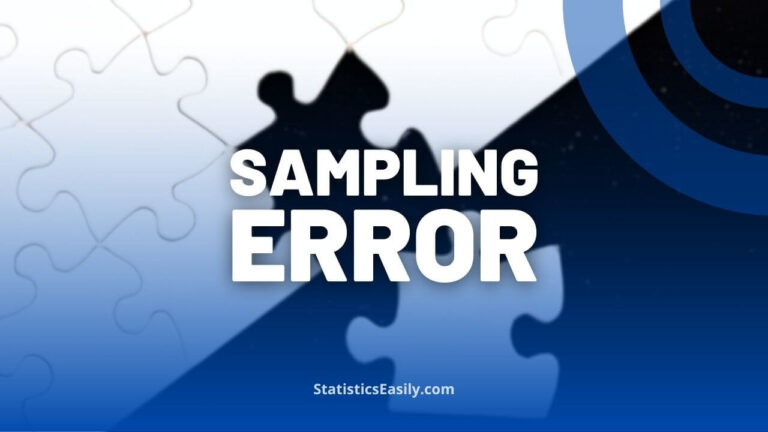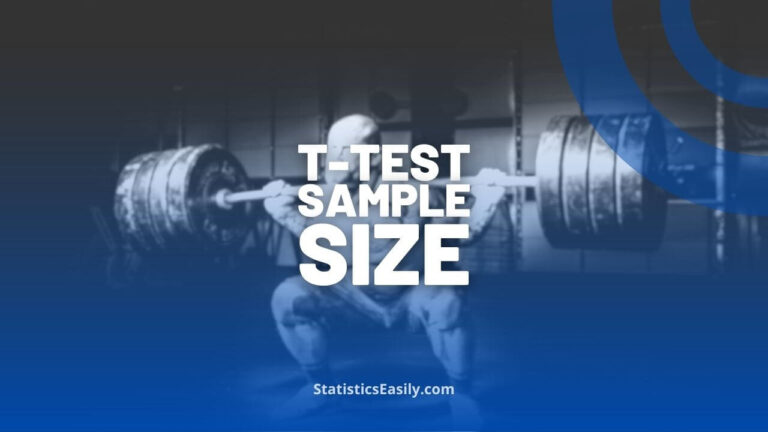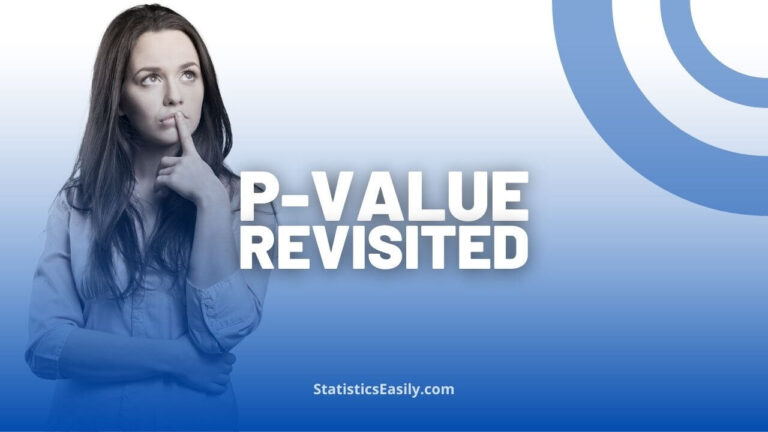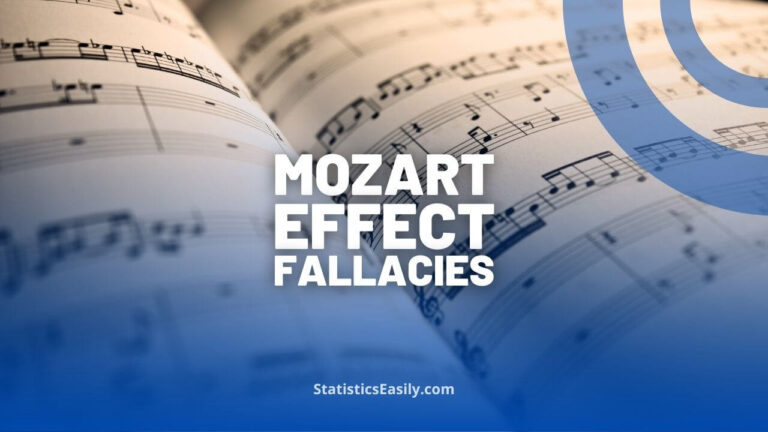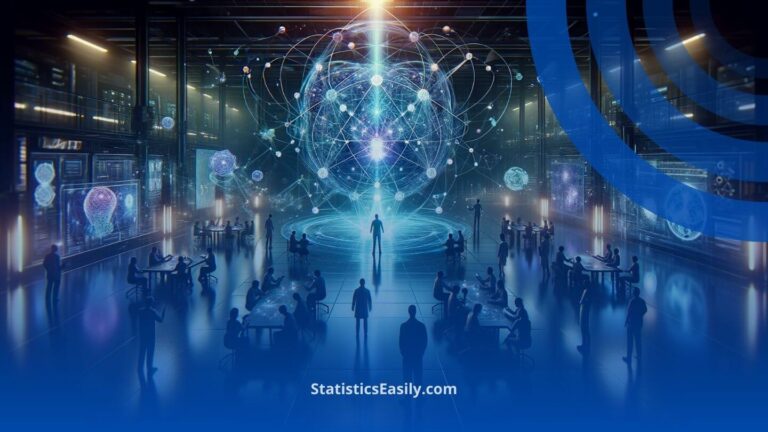Avoiding the Pitfall of Jumping to Conclusions in Data Science
You will learn how to prevent hasty conclusions in data science using statistical methods and accurate data analysis.
Introduction
Daily, it’s easy to jump to conclusions based on limited information. This tendency, rooted in our cognitive processes, can have significant implications in data science. Understanding how to avoid these pitfalls by relying on robust statistical methods is crucial for deriving accurate insights. This article delves into the common mistakes of generalizing from small samples, the importance of data validity, and how to apply statistical rigor to avoid erroneous conclusions.
Highlights
- Generalizing from a small sample can lead to inaccurate conclusions.
- The validity of data is as crucial as its accuracy.
- Cognitive biases can impact data interpretation.
- Statistical methods help mitigate the risk of jumping to conclusions.
- Applying rigorous data analysis techniques ensures reliable insights.
Ad Title
Ad description. Lorem ipsum dolor sit amet, consectetur adipiscing elit.
The Tendency to Generalize
Humans have an inherent tendency to generalize based on limited observations. This cognitive bias often leads us to form conclusions that sufficient data may not support. For instance, a child might believe that only women can be doctors if all the doctors they have encountered are women. This kind of generalization can be harmless in everyday life. Still, it can have significant repercussions in scientific research and data analysis.
Ensuring Data Validity
One key lesson in avoiding hasty conclusions is to question the validity of the data rather than just its accuracy. When new data contradicts an existing belief, evaluating whether the data is valid and representative of the larger population is essential. This step is crucial in fields like medicine, where decisions based on invalid data can lead to incorrect diagnoses or treatments.
Cognitive Biases in Data Interpretation
Cognitive biases can heavily influence how we interpret data. For example, suppose a researcher has a preconceived notion about the outcome of an experiment. In that case, they may unconsciously select data that supports their hypothesis, ignoring data that contradicts it. This bias can be mitigated by adopting a scientific approach emphasizing objective data analysis and peer review.
The Role of Statistical Methods
Statistics play a vital role in data science by providing tools to analyze data rigorously and objectively. Techniques like hypothesis testing, confidence intervals, and regression analysis help ensure that conclusions drawn from data are based on solid evidence. For example, the Chi-Square Test of Independence can determine if there is a significant association between two categorical variables, helping to avoid erroneous conclusions.
Practical Applications
In practice, avoiding the pitfall of jumping to conclusions involves several steps:
- Collecting Adequate Data: Ensuring that the sample size is large enough to be representative of the population.
- Testing Hypotheses: Using statistical tests to validate hypotheses rather than relying on anecdotal evidence.
- Reviewing Data: Continuously question and review data to ensure validity and relevance.
- Embracing Peer Review: Subjecting findings to peer review to identify potential biases and errors.
Ad Title
Ad description. Lorem ipsum dolor sit amet, consectetur adipiscing elit.
Conclusion
Jumping to conclusions can undermine the integrity of data analysis and lead to flawed decision-making. Scientists and researchers can avoid these pitfalls by applying rigorous statistical methods and continuously questioning the validity of data. Embracing a scientific approach that values accuracy, validity, and peer review ensures that conclusions are based on robust evidence, ultimately leading to more reliable and impactful insights.
Frequently Asked Questions (FAQs)
Jumping to conclusions can lead to inaccurate and unreliable insights, undermining the integrity of data analysis.
Cognitive biases can cause researchers to selectively interpret data that supports their preconceived notions, leading to flawed conclusions.
Data validity ensures that the data accurately represents the studied population, which is crucial for drawing accurate conclusions.
Methods like hypothesis testing, confidence intervals, and regression analysis provide a rigorous framework for analyzing data objectively.
A larger sample size increases the representativeness of the data, reducing the risk of drawing incorrect conclusions based on limited observations.
Peer review helps identify potential biases and errors in data analysis, ensuring that conclusions are based on solid evidence.
Hypothesis testing provides a structured approach to validating hypotheses, reducing the likelihood of findings based on anecdotal evidence.
It’s a statistical test used to determine if there’s a significant association between two categorical variables.
Continuous review helps ensure data remains valid and relevant, allowing for accurate and reliable conclusions.
By collecting adequate data, applying rigorous statistical methods, and embracing peer review, data scientists can avoid the pitfalls of generalization.



